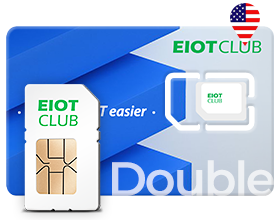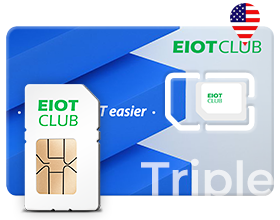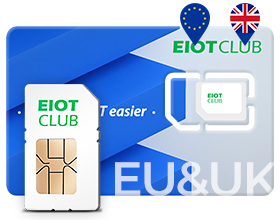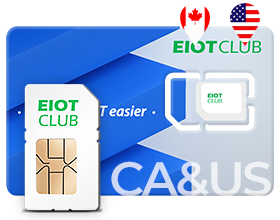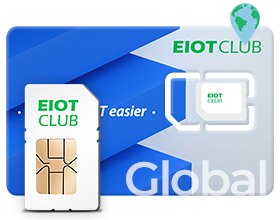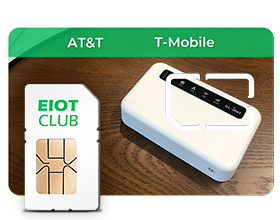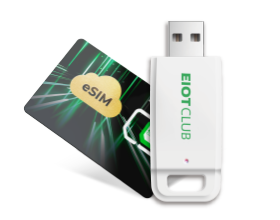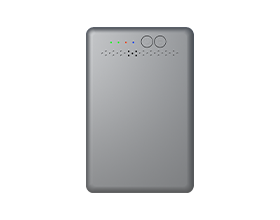ICCID Numbers Unveiled: Exploring the Unique Identifiers of SIM Cards

Navigation
- Understanding ICCID Numbers
- Significance of ICCID Numbers
- Security and Privacy Considerations
- Future Developments and Trends
- Frequently Asked Questions
Introduction
SIM cards have become integral components of modern smartphones and mobile devices. Embedded within these tiny chips are unique numerical identifiers known as ICCID numbers. While most mobile users are unaware of their existence, ICCID numbers serve important behind-the-scenes functions. This article will unravel the purpose of ICCIDs and illuminate their significance when it comes to mobile network connectivity, security, and emerging technologies.
Understanding ICCID Numbers
ICCID stands for Integrated Circuit Card Identifier and refers to the distinctive serial number assigned to every SIM card during manufacturing. Printed on the card, the ICCID contains 19-20 digits and combines that specific SIM's network operator code and serial number.
The primary function of the ICCID is to identify a SIM card on mobile networks. When a device connects to a network, the ICCID number is used to authenticate that the SIM card is tied to a valid subscriber account. This allows the network to verify the SIM card and permit access.
Significance of ICCID Numbers
By uniquely identifying SIM cards, ICCID numbers provide several advantages:
Identifying and Authenticating SIM Cards
As the name implies, ICCIDs enable mobile networks to identify which specific SIM card is inserted in a device trying to connect. The ICCID distinguishes SIM cards from the billions of other cards used globally. During authentication, the ICCID is checked against the network operator's database to confirm the SIM card is associated with an active subscriber account, allowing access.
Facilitating SIM Card Swapping
Printing an external ICCID number on the card enables easy SIM swapping across different devices. Users can quickly swap SIM cards between phones and other connected products without activating a new service or getting a different subscriber identity each time. This portability is facilitated by the static, unique ICCID attached to every SIM.
Compatibility Across Networks
Standardized ICCID formats defined by the ITU enable interoperability across mobile networks worldwide. The ICCID allows a SIM card to maintain the same identity regardless of which network it connects to, enabling global roaming.
Security and Privacy Considerations
While essential for functionality, ICCID numbers also raise security and privacy concerns since they permanently identify a SIM card on any network it joins.
Protecting From Unauthorized Access
As ICCID numbers cannot be changed, stealing or copying someone's ICCID allows impersonation of their SIM card on networks. Tampering can be mitigated by keeping the physical SIM card secure and avoiding ICCID transmission over insecure channels. Virtual SIMs provisioned onto eSIM-capable devices provide greater security since there is no visible ICCID to copy.
Privacy Implications
Since the ICCID remains static, it can be used to track the location of SIM cards across networks. This raises privacy issues, as the movements and activities of mobile users can theoretically be traced globally through the SIM's ICCID number. More robust regulations around ICCID usage and improved security protocols may become necessary to preserve user privacy as eSIM adoption grows.
Future Developments and Trends
Integrated SIM technologies like eSIM (embedded SIMs) are starting to replace traditional physical SIM cards in devices like smartwatches and tablets. But for the foreseeable future, ICCID numbers will continue playing a pivotal role in mobile network connectivity:
Growth of eSIM and Dual SIM Devices
ICCID usage will continue expanding alongside eSIM and multi-SIM devices. This allows dynamic switching between network profiles and operators, with the ICCID remaining constant as the identifying marker.
Advancing SIM Security
As virtual SIMs gain traction, enhanced security protocols will be needed to protect against ICCID tampering in digital environments. Blockchain, encryption, and other protections can preserve the integrity of ICCIDs in eSIM ecosystems.
Evolution of Telecom Regulations
Telecom authorities may adopt mobile number portability policies or issue more comprehensive regulations around ICCID usage to preserve consumer privacy while retaining core functionality.
Frequently Asked Questions
1. What is Iccid number used for?
The ICCID (Integrated Circuit Card Identifier) number is a unique serial number used to identify a SIM (Subscriber Identity Module) card in telecommunications. It facilitates the network's ability to recognize and authenticate the SIM card, enabling service provision and billing for the user. Essentially, it plays a crucial role in mobile network registration and connectivity.
2. How do I find my Iccid without a SIM card?
If you do not have physical access to the SIM card, it is generally not possible to retrieve the ICCID number, as it is specific to the SIM card itself. However, if the SIM was previously used in a device, the ICCID may be stored in the device's settings or within your carrier's account management page online. You should check your mobile device’s settings under "About phone" or contact your mobile carrier for assistance.
